Kids are frequently bombarded with educational and intellectual activity in the fast-paced digital era of today. With education, extracurricular activities, and the constant presence of technology that rule their life, their young minds are frequently racing. Children’s brains can get worn out and overworked much like adults’ do. They require little minutes of peace, a chance to escape the nonstop bombardment of information, and time to centre themselves.
This break is precisely what mindfulness provides. Kids of all ages benefit from it. This is because it gives them a valuable break from the noise and distractions in their environment. They may relax and concentrate without being under any time constraints or pressure to perform or react to outside stimuli when they unplug and practise meditation.
Kids can develop stronger emotional control with consistent practise, improving their ability to control their tension, anxiety, and impatience. They learn more about who they are, what they think, and how they feel, which can help them feel better about themselves and be more emotionally intelligent.
When teaching their kids to meditate, parents are really important. In addition to promoting their children’s wellbeing, parents who engage in this practice with their children also build the relationship between them. A chance for open discussion, unity, and shared development arises when people meditate together.
Similarly, by bringing mindfulness and meditation into the classroom, teachers can have a major impact on students’ lives. These procedures can aid in establishing a more encouraging and concentrated learning environment.
However, the following are 10 minutes Mindfulness you should let your kids practice.
1. Find a Quiet Space:
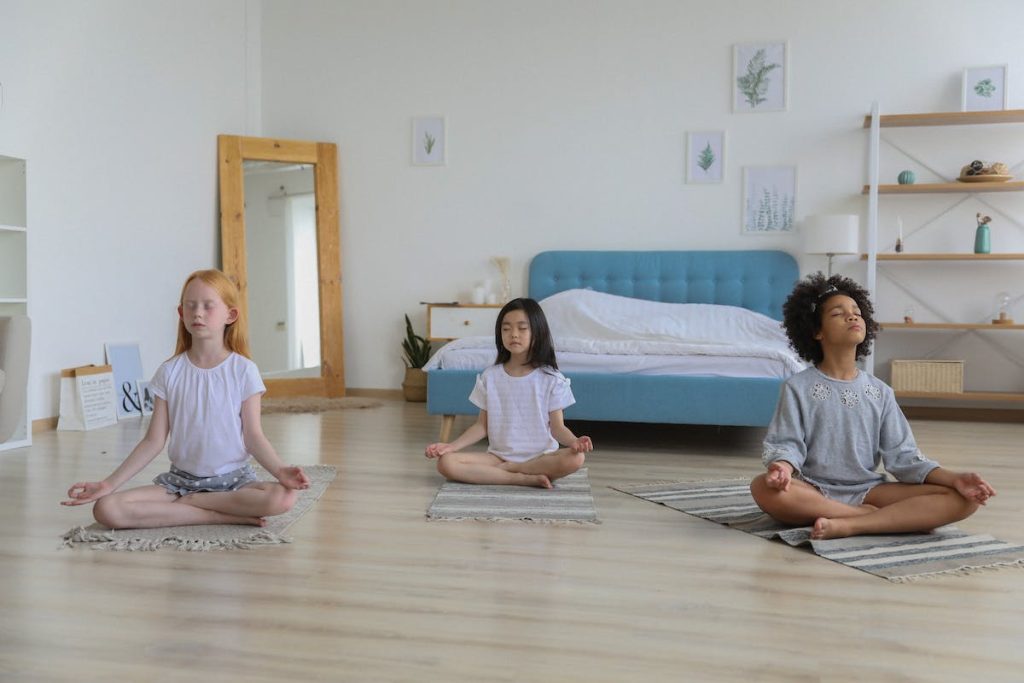
Encourage your kids to sit in a calm area, such as their room or a quiet corner. Make sure the area is tidy, and keep all potential distractions like toys, sweets, and books away from this space.
2. Breathe Deeply:
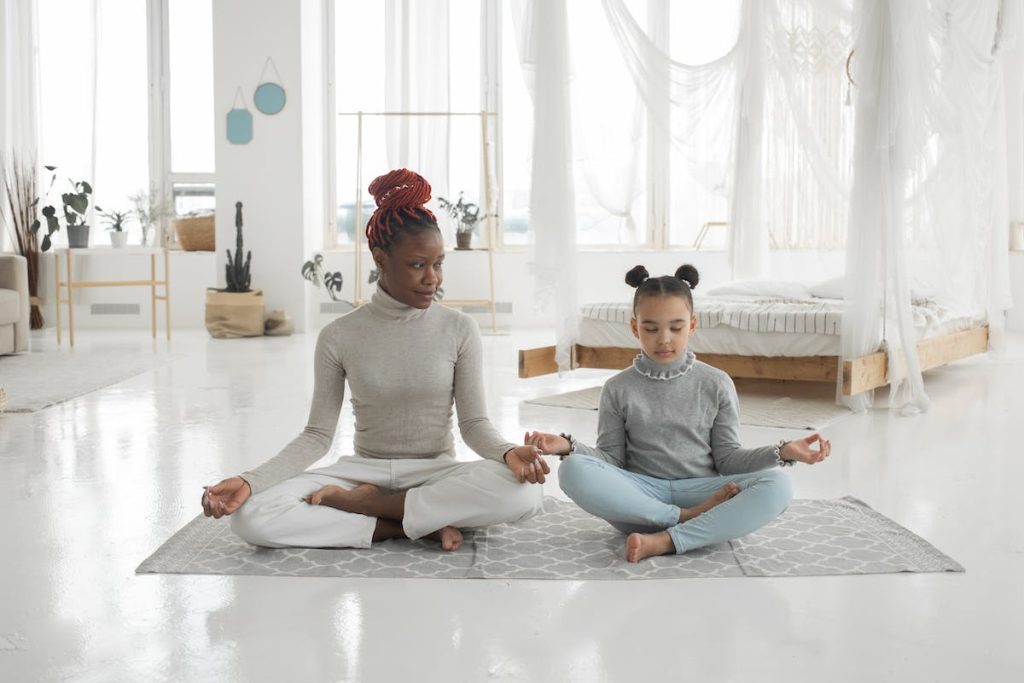
Start by inhaling deeply a few times. Count to four via your nose, hold for two counts, and then slowly count to four through your mouth. Make them do the same as you do this a few times. Remind them to remain silent and adhere strictly to your directions.
3. Body Scan:

Encourage the kids to gently close their eyes while assuring them that doing so is completely up to them and that the time is being taken for their own well-being. Start by directing their focus from the top of their heads to the tips of their toes. Encourage them to look curiously and gently around each area of their body.
Tell them to pay attention to any feelings, beginning with the forehead. Find out if it’s tense or relaxed. Encourage them to take a deep breath out and let off any tension. Encourage softness and relaxation by descending to the toes from the eyes, cheeks, and jaw.
4. Mindful Listening:

Encourage children to take time to listen and distinguish noises like birdsong, the rustling of leaves, the faint hum of home appliances, and even the talk of people in the distance. Through this exercise, they become more aware of their surroundings and are reminded to enjoy the little pleasures in life.
5. Breath Awareness:
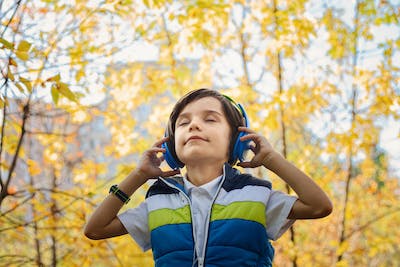
Gently direct their attention to the current time. Help them create a calm space inside by encouraging them to let go of worries and distractions. Tell them to take deep breaths, letting the air fill their lungs, and to take slow exhalations, letting any tension or stress out with each one. Remind them that practicing mindful breathing regularly can help them overcome life’s obstacles by bringing serenity and clarity to their minds.
6. Gratitude Practice:

Ask them to list three things for which they are grateful for. Encourage them to consider the wonderful things in their lives. These can be quite little things, like a favorite toy that makes them happy or a pet’s consoling company. It can even be the warmth of a loving friend’s company.
This routine fosters contentment and can be an effective means of helping people be happy and resilient in their daily lives.
7. Visualization:
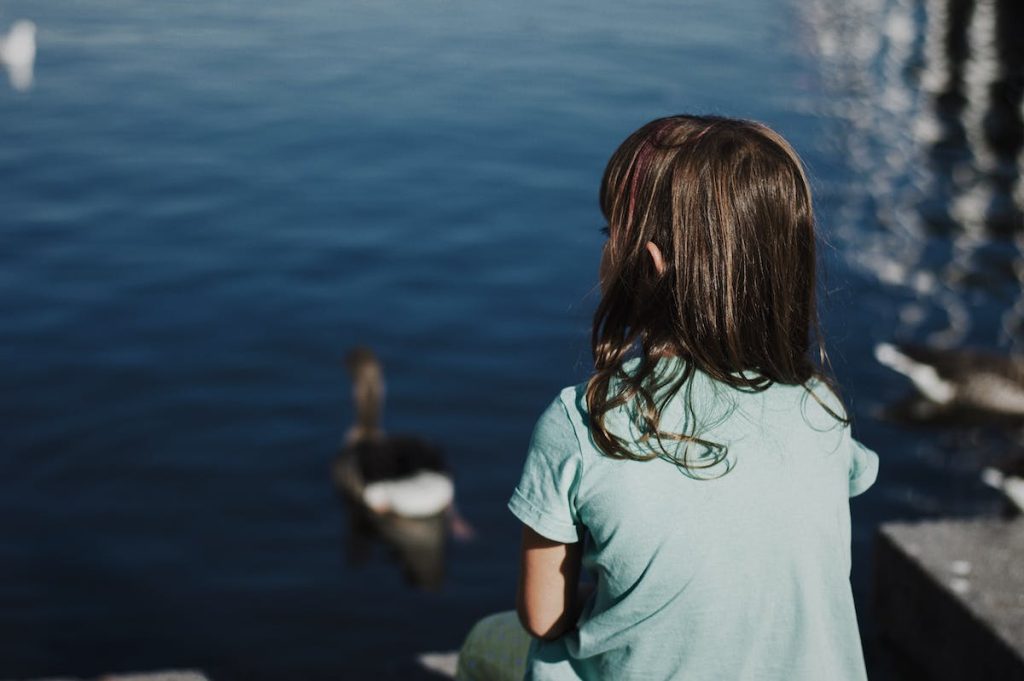
Encourage your kid to close their eyes and take a mental trip to a serene location, such as a sunny beach or a peaceful forest. To help them visualise this specific spot in their minds, ask them to focus on every last aspect.
Then, assist them in imagining what they can hear in this make-believe environment. Is it the soothing sound of leaves rustling in the woodland or the gentle sound of ocean waves lapping at the shore?
This easy activity not only relaxes them mentally but also inspires creativity and fosters emotional connection. It’s a wonderful method for your youngster to discover the power of their imagination and experience brief moments of inner tranquilly.
8. Mindful Stretching:
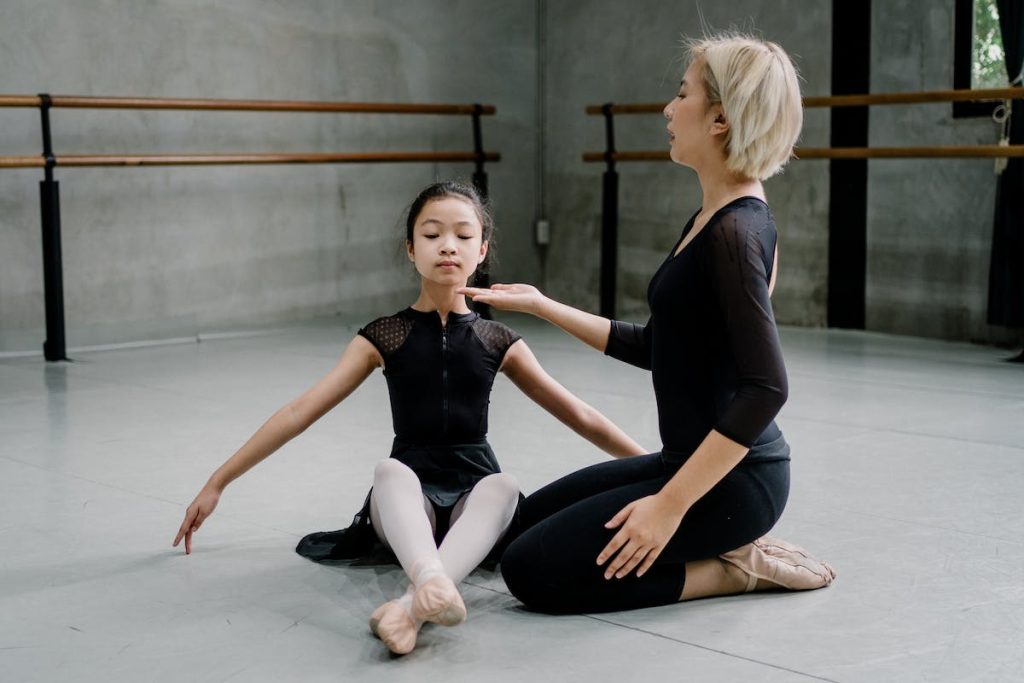
Ask your kid to tenderly extend their arms and legs, assisting in the body’s slow awakening. Encourage them to wiggle their fingers and toes as they do this to experience movement and a sense of connectedness to their physical selves. This quick, intentional action reawakens their body and eases them out of the peaceful state of awareness they just experienced and back into the busy here and now. It gives them a method to bring the serenity they’ve attained through practise into their everyday lives, enabling them to approach each moment with a fresh feeling of present and awareness.
9. Closing:
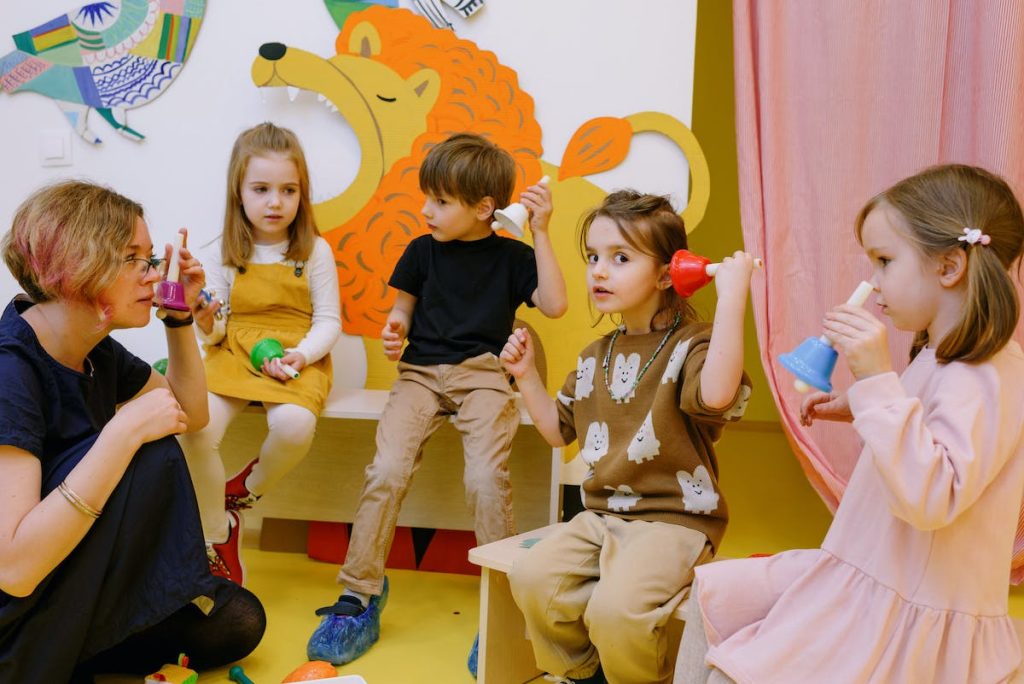
To finish this mindfulness activity, gently encourage your kid to take one final, relaxing breath while they experience the peace it gives. Encourage them to gently open their eyes as they take a deep breath out, bringing their focus back to the present. Remind them that this easy technique for practising mindfulness is always there to them, waiting to be used whenever they need a moment of tranquilly and inner peace in their daily lives. It’s an effective technique that can enable people to face the difficulties and busyness of the outside world with serenity and peace.
Conclusion:
Children can build presence and relaxation in their young life by beginning this 10-minute mindfulness exercise as a good introduction to the world of mindfulness. The nice thing about this practise is that you can modify it to fit their hobbies and age, which makes it much more interesting.
Keep in mind that the main objective of leading them through this exercise is to keep it simple and fun. It’s not about being perfect; it’s about the exploration and self-awareness journey. Recognize that some of these practises may resonate with your child more than others when you introduce them. That’s totally great too.
It can be both fun and instructive to encourage children to try out different mindfulness practices. They are given the ability to create a toolbox of techniques they can use as needed. Most essential, throughout this process, keep in mind to inject an element of joy and wonder. This makes mindfulness a delightful adventure instead of work. This is the best way to boost their mental health. You are developing skills for them that will be useful throughout their lives by being patient and encouraging.
